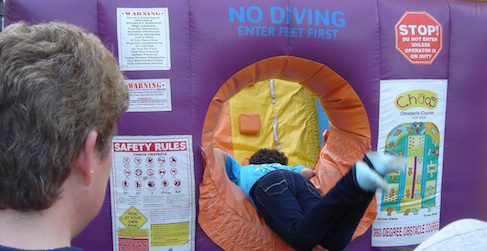The worst thing that can happen at a theme park, amusement park, water park, or carnival is an injury to a rider. The rider and their family obviously are hurt worst, but the owner/operator and the entire industry shares the pain.
Many people work very hard to make sure rider injury does not happen, and because of the success of that effort, it rarely does happen. In the immediate aftermath, thoughts often go to negligence. Was the inspection skipped or shortcut? Did someone leave a part out? Did the rider bring it on themselves by misbehaving?
Continue reading “When the worst happens”
